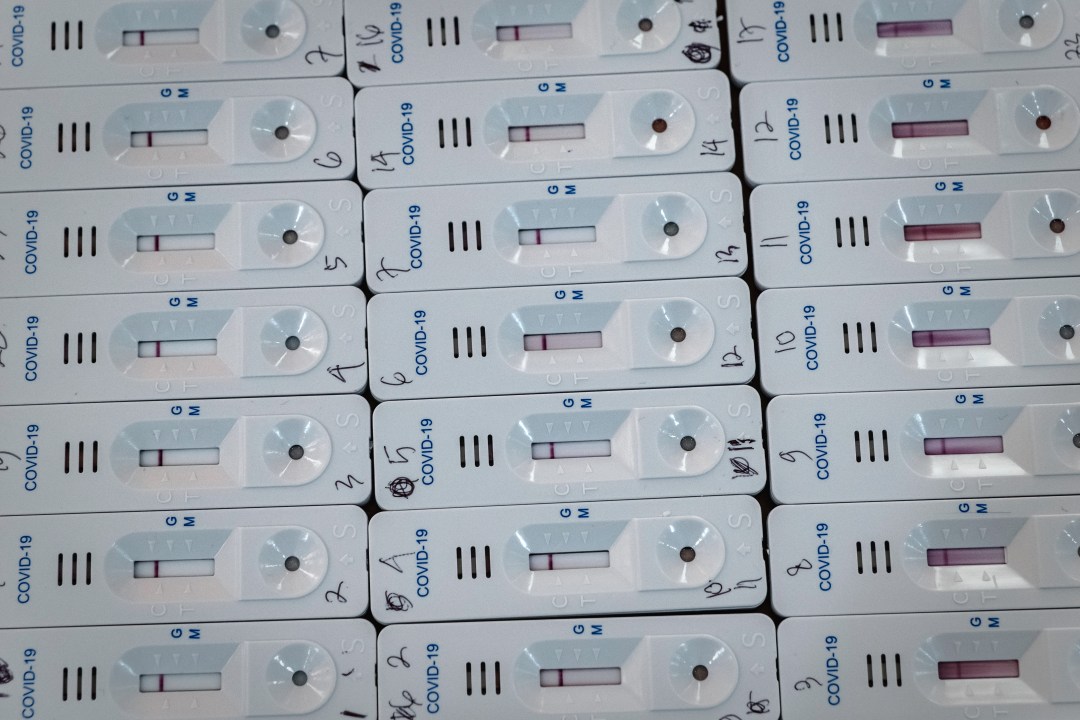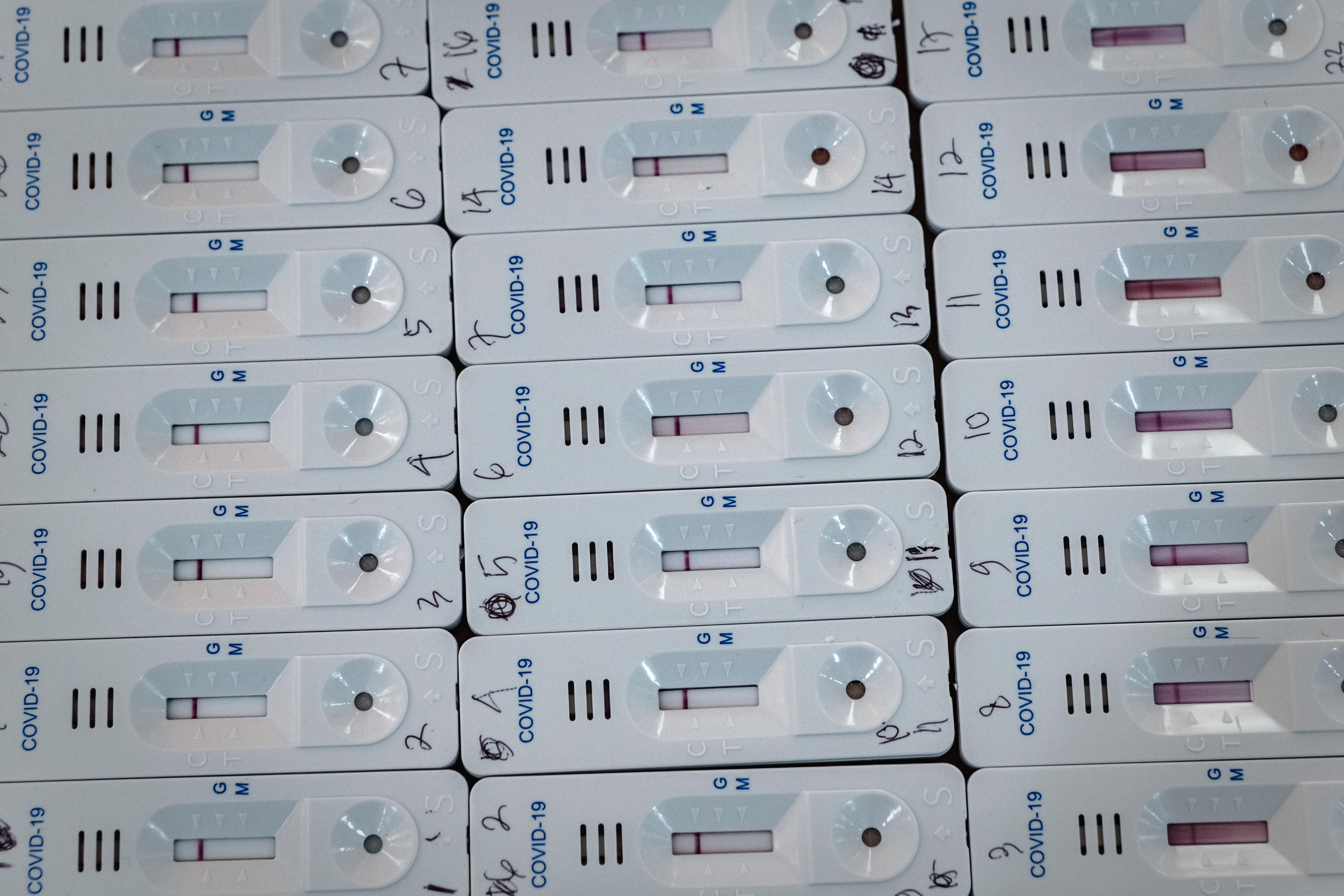Back in April, The Spectator ran a feature in which the partners of regular contributors wrote about what it was like being stuck in quarantine with the likes of us. What Caroline had to say was not very flattering: ‘Toby spent the first week of lockdown in bed convinced he had coronavirus. He didn’t. He is a complete hypochondriac at the best of times and this pandemic has sent his anxiety levels through the roof. He was so worried about catching it that the stress led to a bout of shingles, which is what actually laid him up.’ Ever since then I have been trying to prove to her that I really did have Covid-19, but without success.
For instance, a well-wisher got in touch to tell me he was developing an antibody test and would send me one if I was happy to serve as a guinea pig in his ‘clinical trial’. If I’d had it, as I claimed, this would be a good way of seeing if his test worked.
‘But what if I didn’t have it?’ I asked.
‘But you did have it, didn’t you?’ he said, slightly surprised.
‘Yes, yes. Of course.’
Eventually, I’d used up five tests, getting the same result each time
I asked him to send me six so I could test Caroline and the children as well, and they duly arrived by courier the following day. Technically, it was a lateral flow immunoassay, which meant you had to prick your finger, place a drop of blood in the well of a little plastic tray, add a few drops of the assay solution and then wait for the result. Within a few minutes it would tell you whether you had any immunoglobulin M (IgM) in your blood, in which case you were probably fighting off a recent infection, or immunoglobulin G (IgG), which suggests you had it some time ago.









Comments
Join the debate for just £1 a month
Be part of the conversation with other Spectator readers by getting your first three months for £3.
UNLOCK ACCESS Just £1 a monthAlready a subscriber? Log in